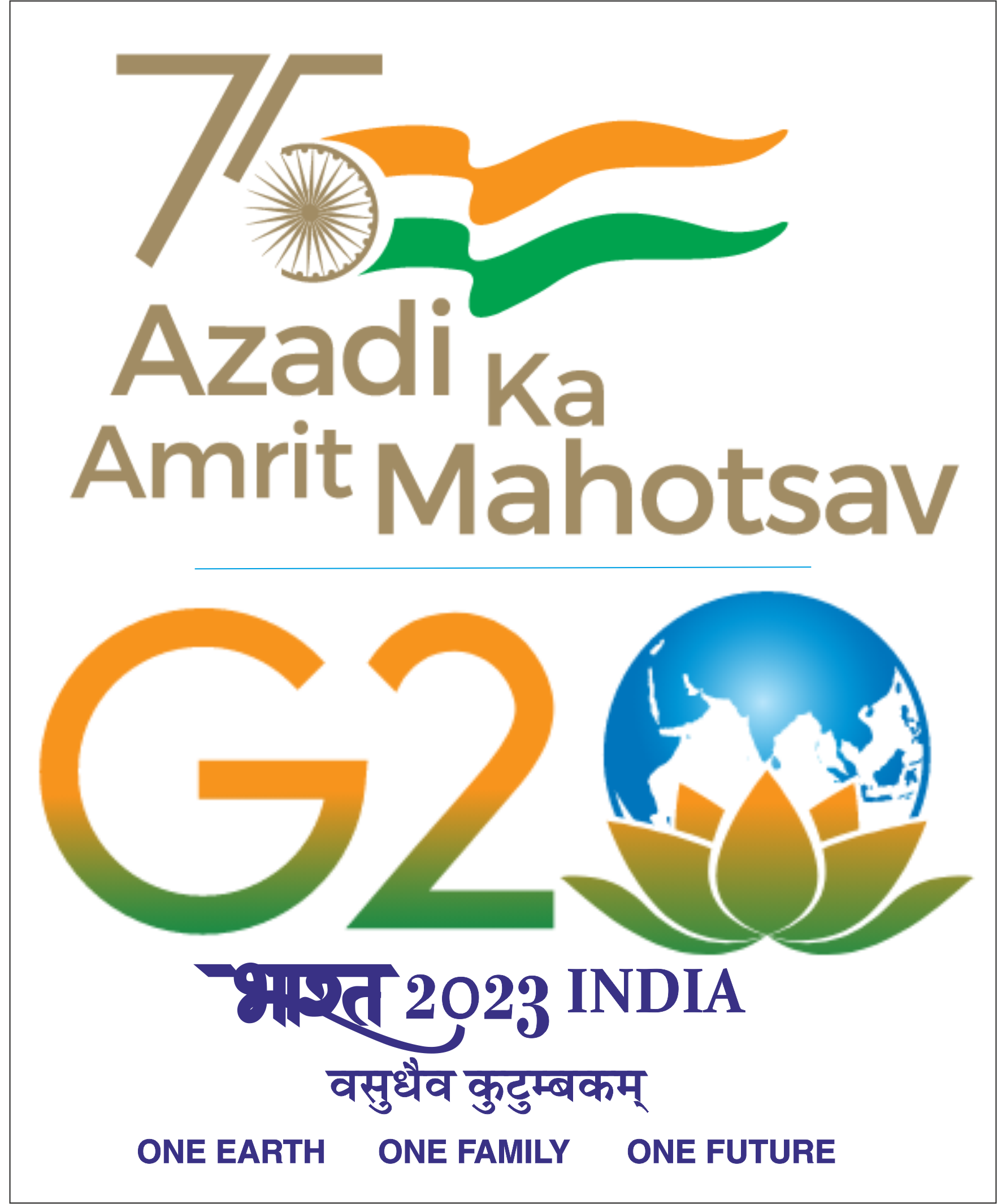Evaluation Of Process Parameters To Retain Curcumin In Turmeric Processing
Name of Student:
Guide:
Co- Guide:
Project Type:
M. Tech Project -II (TD 696)
Sector:
Agriculture
Download Link:
Abstract:
India is world’s largest producer of turmeric accounting for about 80% of total production.
Turmeric has been used in India since millenniums as a spice which imparts color, flavor and
aroma to the food. Turmeric is also widely used in Indian households as an anti-inflammatory
and anti-bacterial medicine especially for cough and cold. These anti-bacterial and anti-
inflammatory activities of turmeric are due to the presence of bio-molecule “Curcumin”. With
time a number of other benefits of curcumin have been discovered such as anti-cancer, anti-viral.
Hence we can say that the presence of curcumin is an important aspect in determining the quality
aspect of turmeric.
Turmeric after its cultivation has to go through a number of post-harvest processes before it is
converted into consumable form of powder. Among various post-harvest operations two major
operations which may have a possible effect on the retention of curcumin content in the turmeric,
are curing and drying. In this report we have investigated various curing processes and drying
methods which are commonly used in turmeric processing and studied the effect on curcumin
percentage on lab scale experiments.
Another important research objective of the report is to find out the relationship between the
market auction price and the curcumin %. During the field inspection it was noted that the length
and color of the dried rhizome are used as indicator of curcumin in turmeric and major
characteristics in bid pricing during auction. The present research work has studied linkage with
the auction pricing and turmeric characteristic used for deciding pricing and curcumin
percentage.
From the experiments we came to the conclusion that out of the curing processes chosen i.e.
Conventional Boiling, Steam Curing and Vacuum Boiling, Steam curing which is very widely
used in many areas of south India has shown poor results than the other two curing processes, the
mean value of curcumin content in Steam curing comes out to be 2.80% while for Conventional
Boiling and Vacuum boiling it is 3.71% and 3.72% respectively and hence we can also say that
there is no major difference between the results of Conventional Boiling and Vacuum Boiling.
For the relationship between the auction price of turmeric and curcumin % we have found mixed
results. The initial sample size for the experiment was 9 and with it the value of R2
obtained
between the scattered plot of price and curcumin % is found to be 0.19 while when the two
vi
outliers are removed the value of R2
shows considerable improvement and jumps to 0.83.
Another important point to note here is that both the outliers that were detected were turmeric
with the highest and second highest price with high length. Hence one of the possible inference
can be that the length of the turmeric is preferred over curcumin %.





